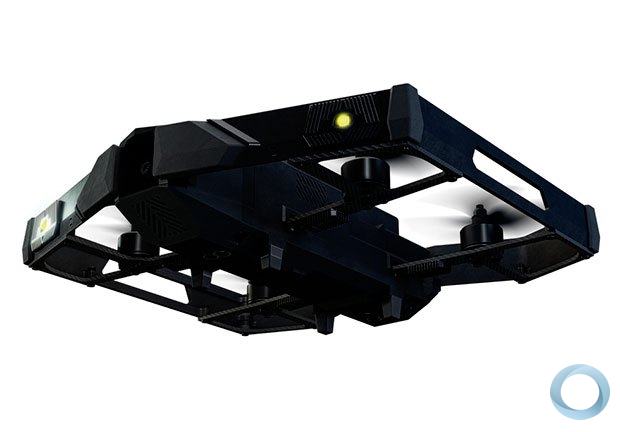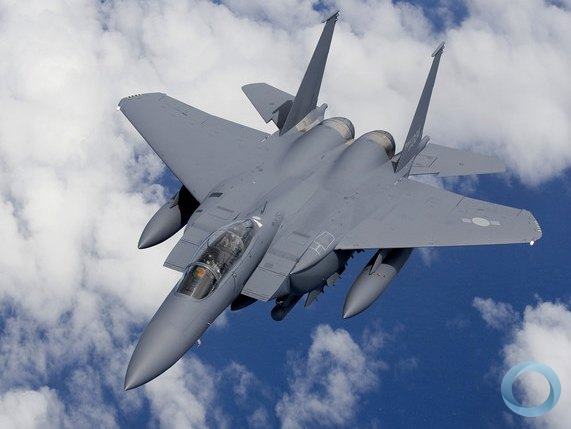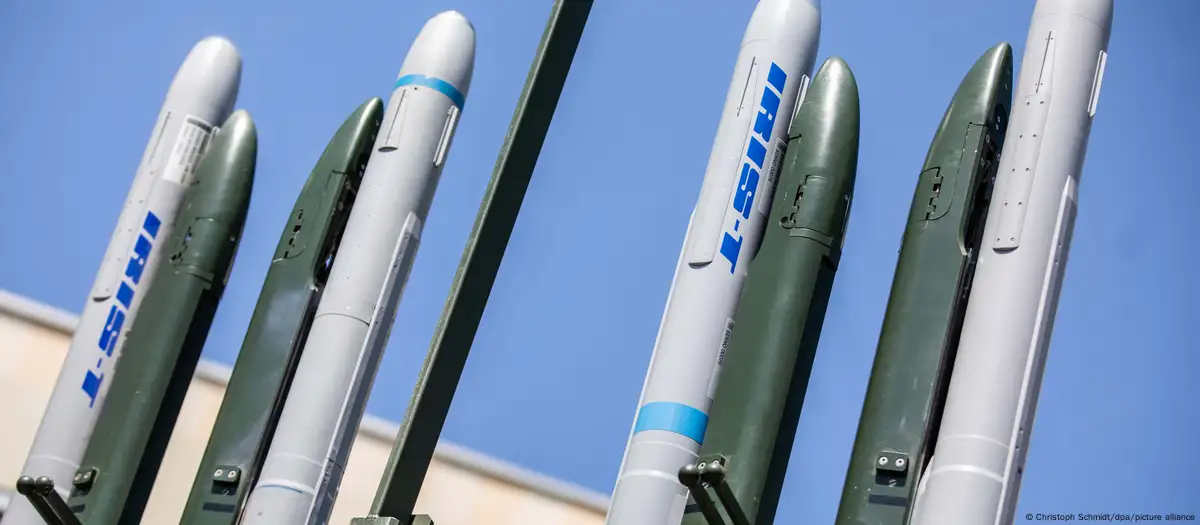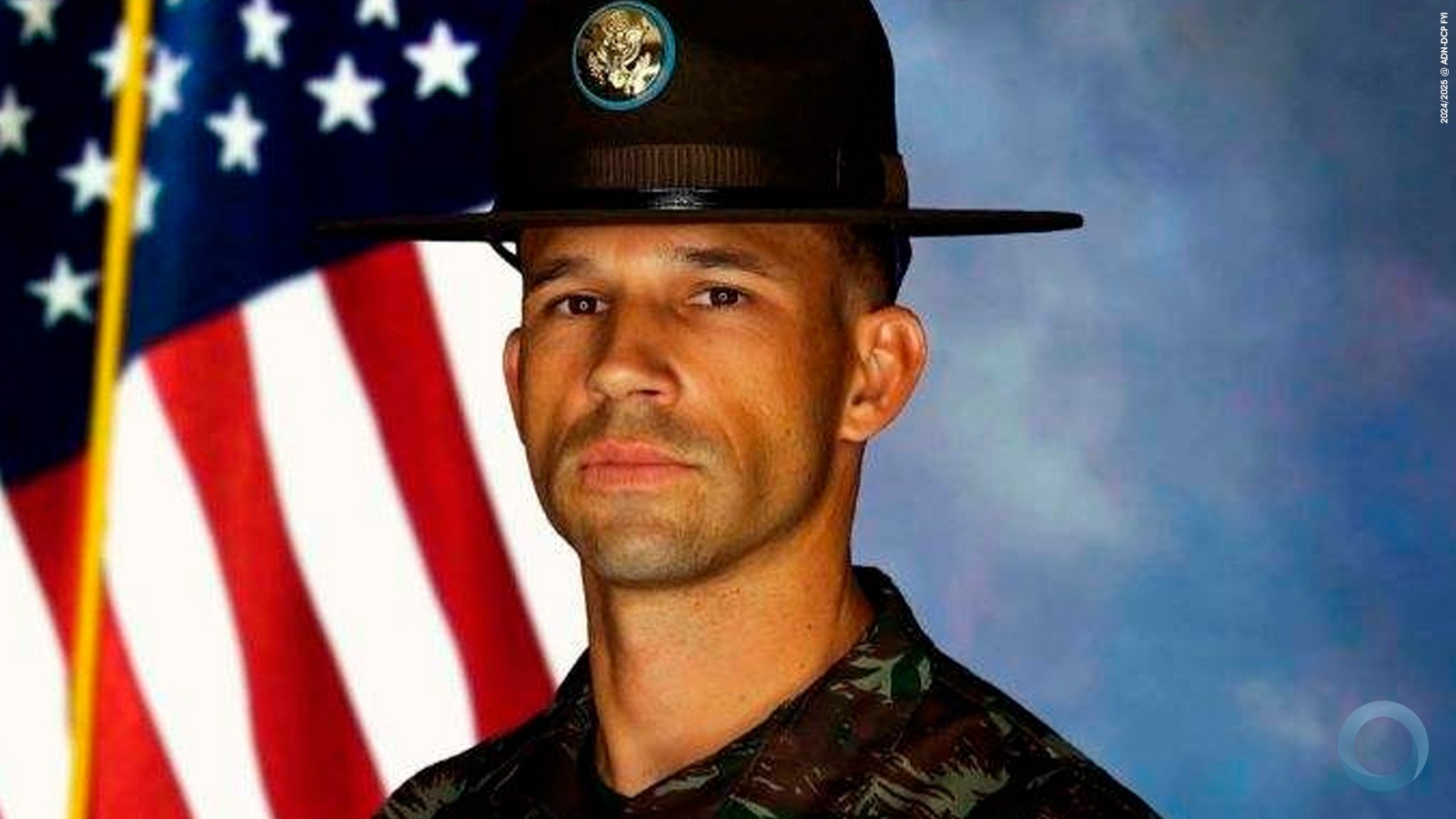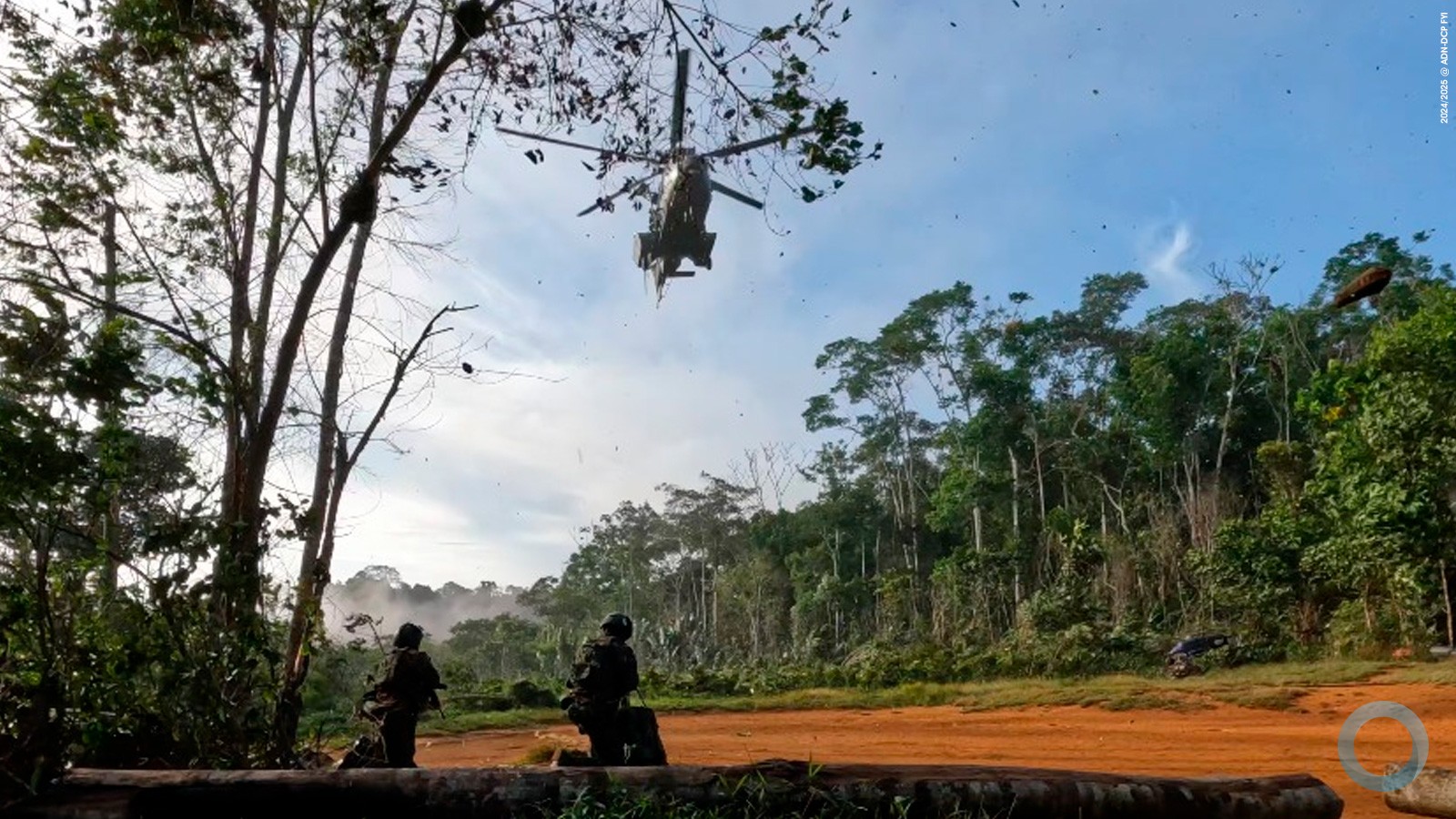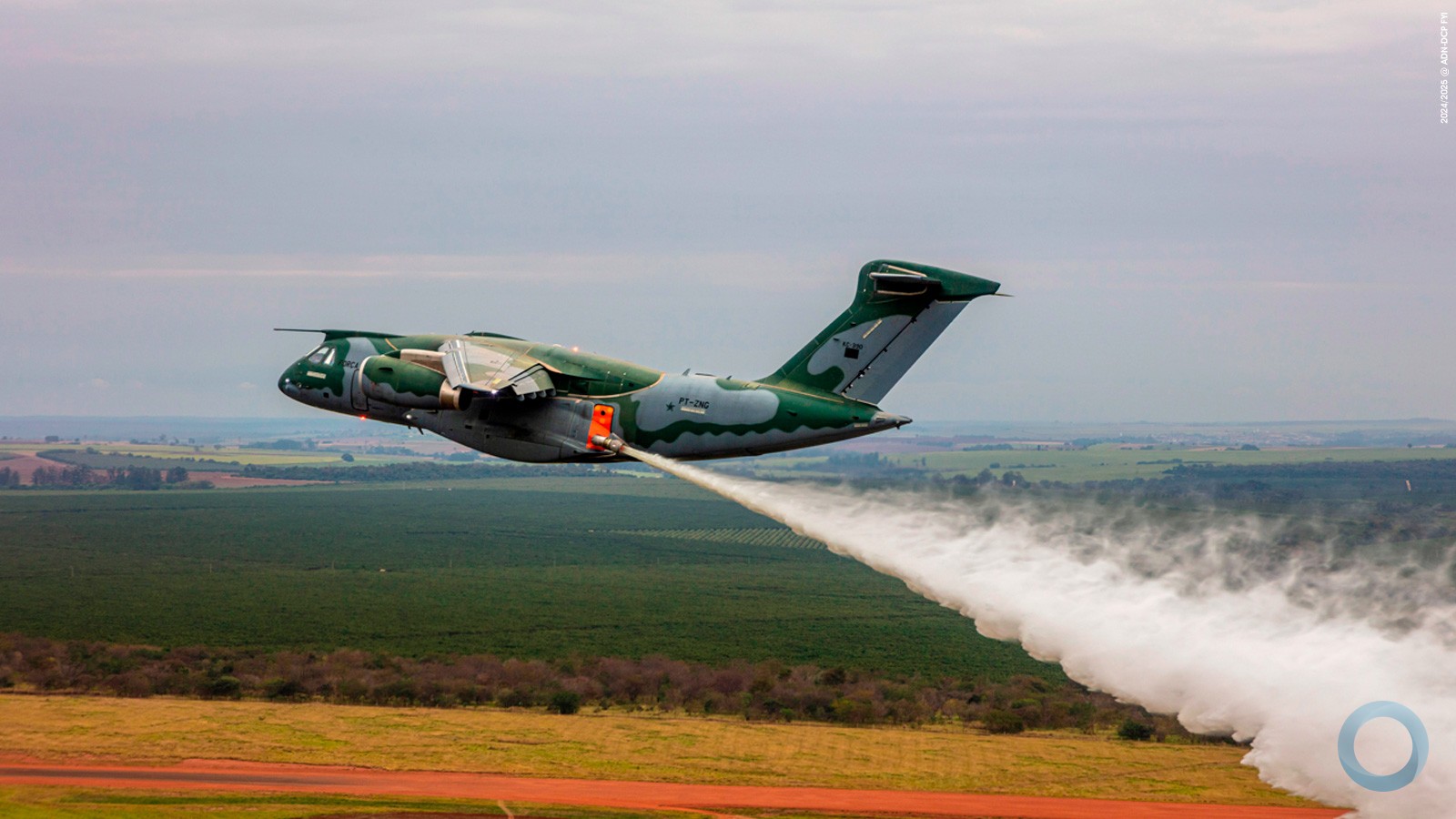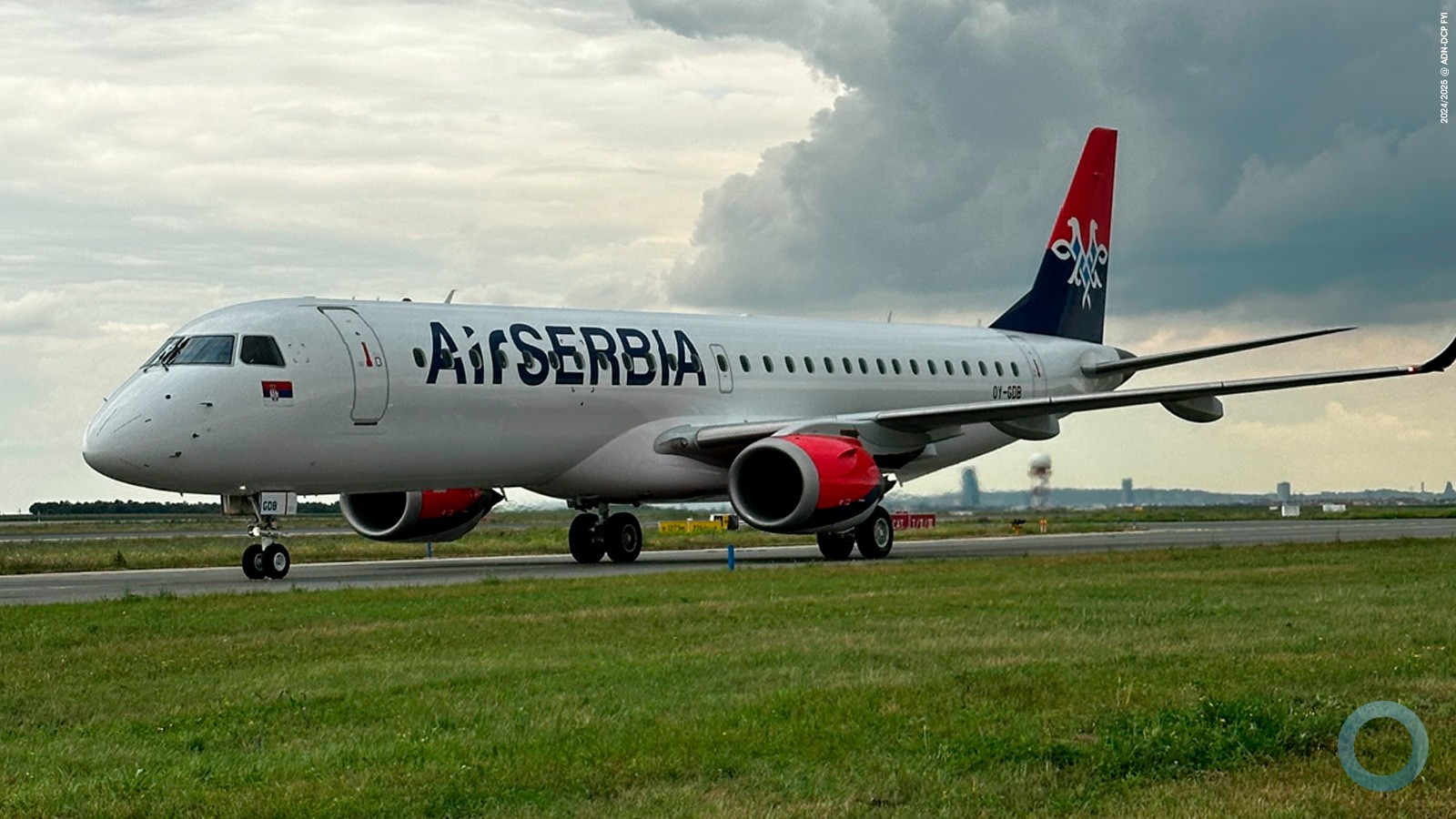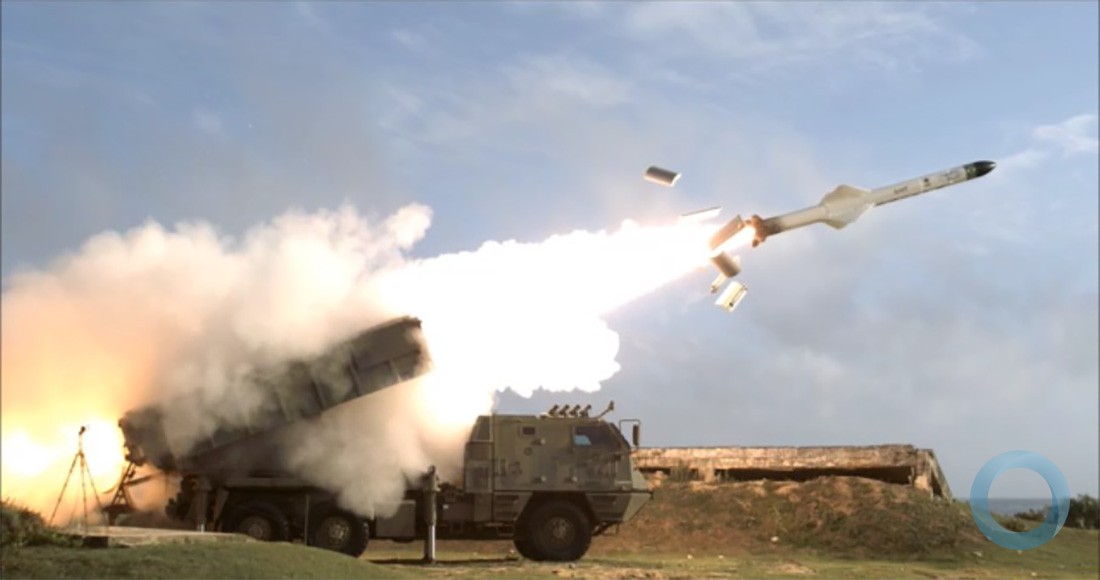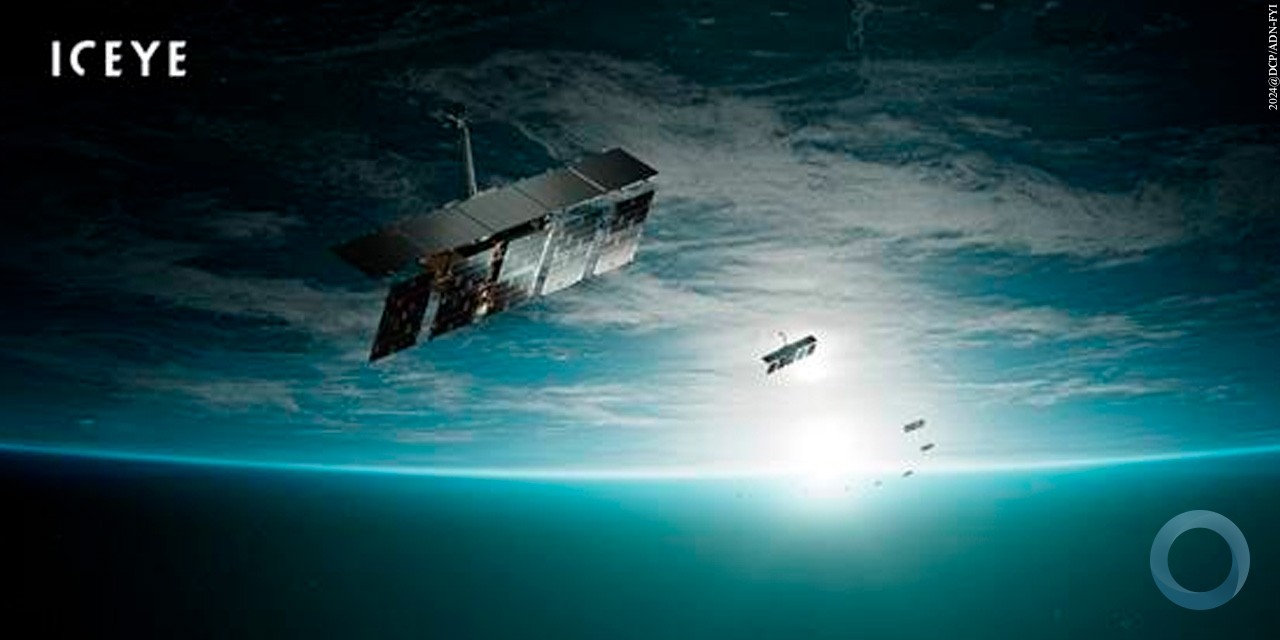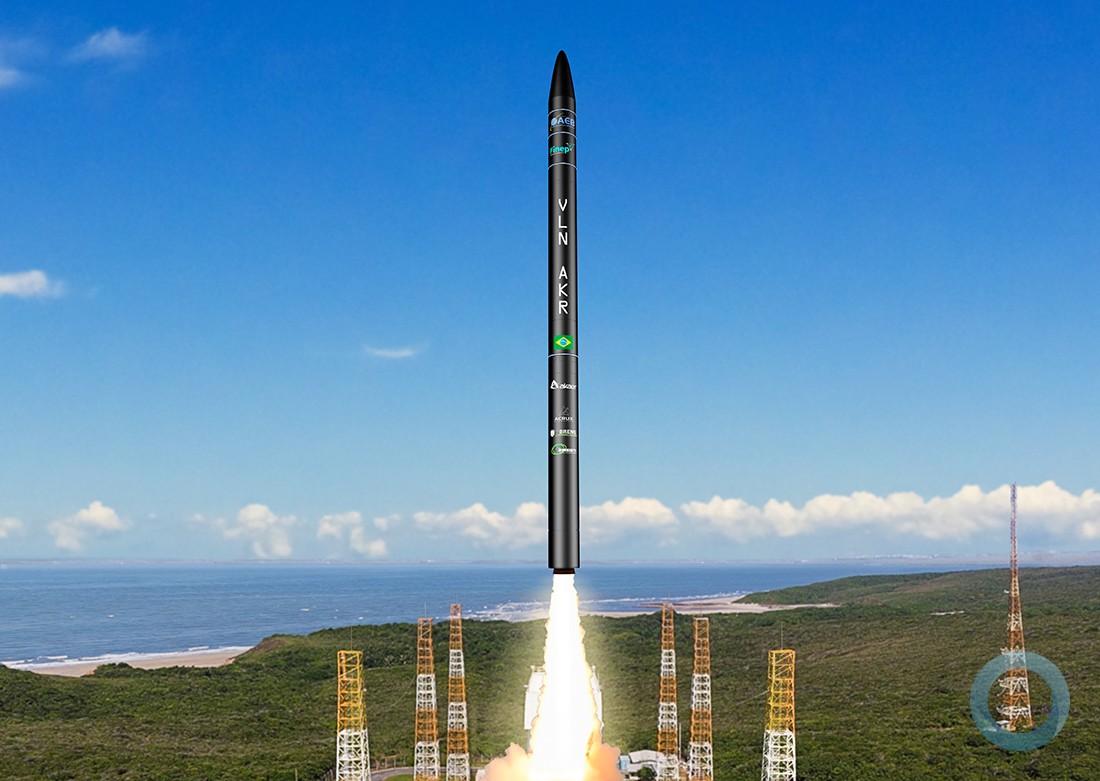by Vianney Junior
Follow @jrvianney
I met the President and CEO of the French aviation company, Dassault,Monsieur Eric Trappier, at company’s headquarters in Saint Cloud, France. "Le commandant en chef" of Dassault Aviation has a vibrant countenance and no modesty to express his trust in the capacity and quality of his aircrafts. Trappier’s name was already associated with the worldwide success of the predecessor of the Rafale: The Mirage 2000 achieved a great commercial and operational success. Most of the contracts of the 151 fighter jets sold in the Middle East and South Asia bear his signature.


Photo DefesaNet
During our visit to the headquarters of Dassault Aviation, in Saint Cloud, we had a complete presentation of the Virtual Reality Center where we took a demonstration of Rafale’s digital mock-up, a model with accurate details that allows Dassault’s engineers to simulate from flight characteristics to maintenance best practices. The combined data help Dassault to apply improvements to its fighter jet, and even to project the life-cycle of its aircraft.
At the Reality Immersion Center we were provided an interactive experience in the virtual cockpit of the Rafale, where we could simulate operational procedures via augmented reality. This facility reveals to be very practical to develop a better interaction between the man and the machine – MMI (man-machine interface).
All these experiences were really important to me to access the company’s DNA. They were essential to understand the concepts of Dassault's engineering and design values, summarized in one sentence, by Marcel Dassault – the company’s founder:
“For an aircraft to fly well, it must be beautiful”.
But, despite Dassault’s efficiency-proven aircrafts and centennial history, there was a noticeable distrust on the success of its most advanced piece. After the campaign in Brazil, where Rafale was initially announced winner and then passed over by President Dilma Rousseff’s decision for the Swedish Gripen, some important French newspapers openly affirmed that the Rafale would be an eternally “almost sold” aircraft, and that the national Armeé de l’Air and Marine Nationale would be the only customers to Dassault’s ultimate fighter.
While Dassault was running the international sales campaign – something around ten years until the first contract was signed – the Rafale already was in active duty with French Air Force and Navy, respectively with the versions B/C, and M, achieving a measurable performance and a high availability level during operations in Afghanistan, Libya, Mali, Syria and Iraq.


Trappier explains that the process of selling military aircraft has an absolutely own time, especially if we take into account the ongoing transformations. "The Rafale now incorporates the new operational AESA radar – a requirement to a full-capable modern fighter. This is an example of maturity and consolidation of capabilities of our product, adjusted to reality, while keeping the state of the art, able to compete with the latest technology", he says. Another aspect raised in favor of the Dassault’s fighter is the independence claimed by Rafale. "One advantage we can offer is the access of our customers to a platform that allows the incorporation of own national developments of each operator."


In the year of 2015, and now, 2016, we have seen a sequence of announcements of contracts to the Rafale, not coincidentally in the same region where Mirage 2000 was once king.
When confronted with his predictions that the Rafale could achieve a sales performance similar to the success of the Mirage – in proportion to the current reality of reducing fleets and budget constraints – Monsieur Trappier presents this moment of sound results.
Dassault has contracted 48 jets with international operators, up to now: 24 for Egypt, and 24 for Qatar. With India, these numbers raise to 84 units abroad. If we consider that the talks with United Arab Emirates are very credible, and that due to alleged setbacks in US and British contracts with Saudi Arabia, the country could become a potential operator of the Dassault’s multirole jet, we are not so far to agree that the skies of Middle East and South Asia are near to see a new ruler.
Vive le Roi ! Long live The King!
Related Articles:












